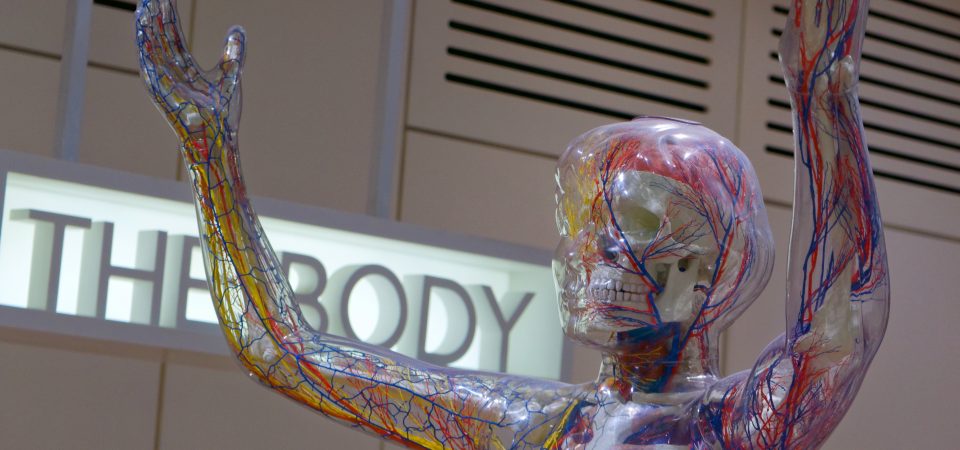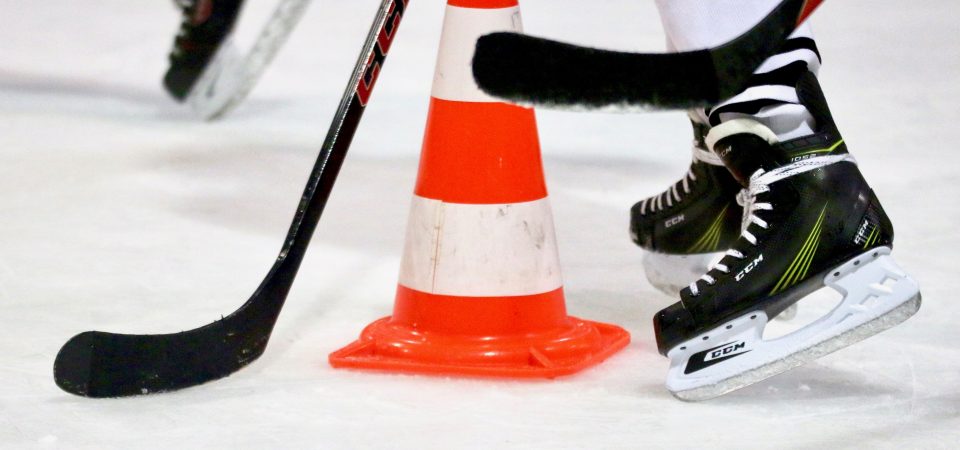Opioid medications were designed for extreme pain relief and are beneficial to some patients with extreme health issues such as end stage cancer. However, for the average population needing short term relief after an injury or surgery, they can have disastrous consequences which have been resulted in “widespread addiction, lower productivity, fewer workers in the labor market and a number of poor health outcomes.” The most tragic result is the unprecedented loss of life due to opioid-involved overdose.
Researchers are examining the various aspects of the opioid epidemic in hopes of finding a way to both treat pain while avoiding the added risk associated with opioids. Statistics suggest that the growth in access to prescription opioids was the beginning of opioid addiction. As the heart-breaking outcomes were recognized, numerous actions were initiated to reduce the usage of these medications. Educational awareness campaigns for both the public and medical professionals have brought the dangers of misusing prescription opioids to the forefront. Many states and provinces have initiated drug monitoring programs.
Officials began compiling overdose fatality data in 1999. The statistics paint a sobering picture of the opioid epidemic. From 1999-2010, opioid-involved overdose fatalities rose an average of 9.1% annually. From 2010-2016, opioid-involved overdose fatalities rose an average of 12.3% per year. Breaking it down by year, we see that the rate is actually increasing much more rapidly in recent years from a 15.5% increase in 2015 to a 27.7% increase in 2016. Moreover, in 2016, roughly 2/3 of all overdose deaths involved opioids.
Sadly, recent research shows that these statistics may actually be underestimating the number of opioid related fatalities. A report issued by the Society for the Study of Addiction found that opioid-related deaths may be as much as 20-35% higher than the CDC estimates.
Some point to economic reasons for the rise in opioid related deaths. However, research shows economics to be a minor factor. The more likely causes are related to availability and cost of the drugs themselves.
Around 2010, numerous efforts were initiated to reduce prescription opioids. The Drug Enforcement Agency (DEA) began more aggressive investigations targeting wholesale companies that supplied “unlawful doctors and pharmacies that gave out pills in exchange for cash.” Prescription drug monitoring was a major factor in these investigations. The Ryan Haight Act of 2009 made online distribution illegal and established the requirement for doctors to see the patient in person prior to writing the prescription. Additionally, guidelines were issued by the American Pain Society, Department of Veterans Affairs and the Department of Defense among others, urging doctors to prescribe fewer opioids.
The decline in prescription related opioid deaths was a short-lived victory. The total number of opioid fatalities continued to increase. The rise of heroin and synthetic opioids during the time of the prescription opioid decline suggests that the absence of sufficient affordable, effective addiction treatment led users to turn to “cheaper and more potent illicit opioids as a substitute.”
This is supported by data showing a rapid rise in overdose fatalities linked with heroin and synthetic opioids since 2010. “A 2013 study found that four out of five new heroin users started by misusing prescription opioids.” The transition to heroin occurred very quickly. In 2010, when prescription opioid deaths began to decline, heroin-involved overdose fatalities began to grow as much as 31.2% a year. In 2015, heroin related deaths surpassed prescription opioid deaths. By 2016, only a little over 1/3 of all opioid-involved fatalities were comprised of prescription opioids. There were nearly 1,000 more heroin-involved overdose fatalities than prescription-involved overdose fatalities that year.
As prescription opioid supply decreased, some users have turned to synthetic opioids such as fentanyl and carfentanil. It has become very evident that the synthetics are even more deadly than either prescription opioids or heroin. “Fentanyl is 50 to 100 times more potent than morphine and 50 times more potent than heroin,” and carfentanil is 100 times more potent than that making these 2 drugs very dangerous. As with prescription opioids, they do have legitimate uses. Carfentanil was designed to be a tranquilizer for large animals. It was never intended for humans. Fentanyl is used in the medical field in restricted amounts and closely monitored as a mere 2 mg is enough to cause death in an adult.
It is the illegally-made pure fentanyl that is being used and abused so widely. As fast as heroin-related opioid fatality rates rose, the rate for fatalities involving synthetic opioids rose even faster. From 2013-2016 the rate skyrocketed to 84.2% per year and by 2016, synthetic opioid related deaths outnumbered those of heroin and prescription opioids.
There are a number of factors that contribute to this staggering increase. First, they are often mixed in with heroin or formed into pills so that users do not realize what they are taking. Users and dealers are now mixing synthetics with other drugs, such as cocaine, as well.
Secondly, is the potency. They tend to be so strong that anti-overdose medications are not able to counteract the effects. So, while the advancements in overdose treatment can save many from a prescription opioid or heroin overdose, the same treatments have only “limited success” in treating synthetic opioid overdose.
With increased demand for heroin and synthetic opioids, TCOs have responded by providing an increased supply on the black market. It is so profitable that even cartels that had not previously dealt with these drugs are now transporting heroin into the US. Since synthetics are so potent, 1kg that costs between $3,000 and $5,000 to produce, can yield over $1.5 million for the cartels.
While efforts initiated in the last decade to reduce prescription opioids appear to have had a positive impact, the opioid epidemic is still going strong. Stopping it “requires a comprehensive approach.” Chiropractors across Canada are ready to assist in the efforts.
Don’t risk addiction! Realign your thinking! If you are in pain, chiropractic can offer pain relief without the risk associated with opioids or other invasive procedures. For those who are dealing with chronic pain, chiropractic can offer alternative pain relief to reduce or even eliminate the need for opioid medications. Chiropractic can even provide relief for unresolved pain after surgery. Chiropractors are also a valuable part of health care for those in addiction recovery as they offer safe pain relief during and/or after addiction treatment.
As always, prevention is the best medicine. Chiropractic care focuses on healthy lifestyle recommendations to stay pain free, stay healthy and reduce your risk of injury such as proper posture, nutrition, and wellness. Your chiropractor can also provide treatment and/or referral to another health care provider as is needed.









